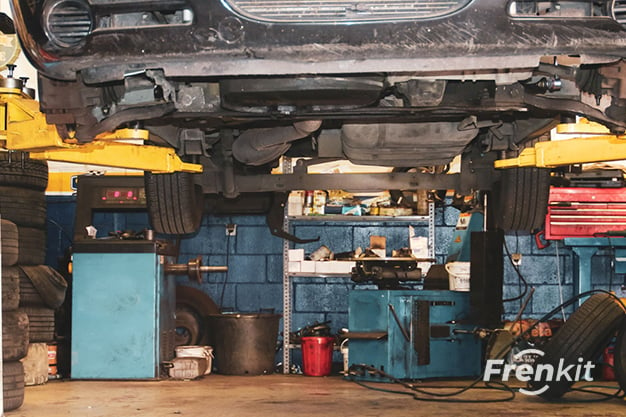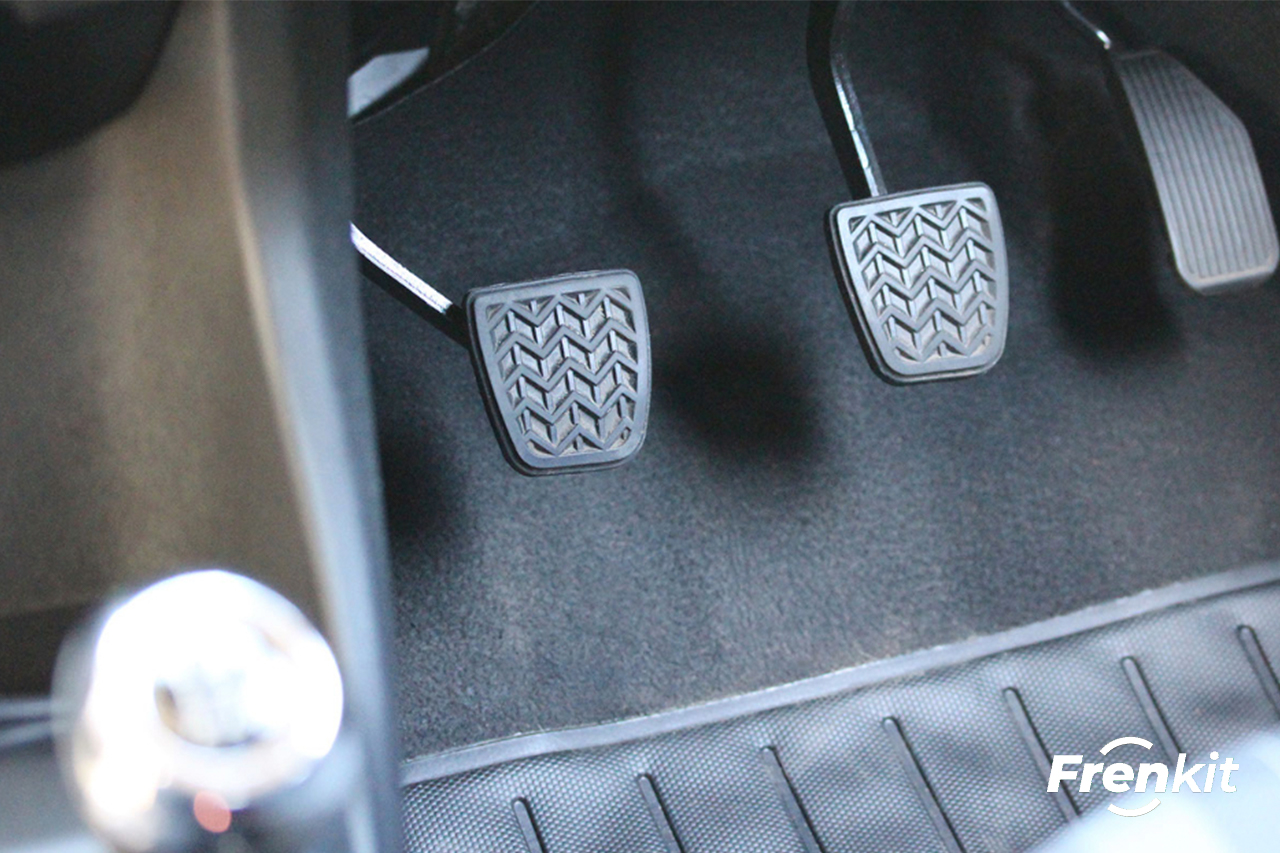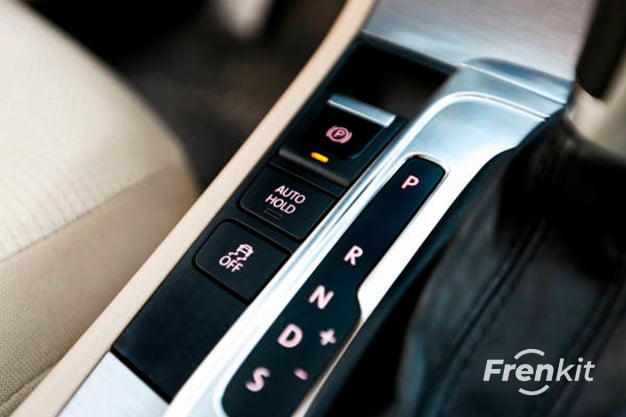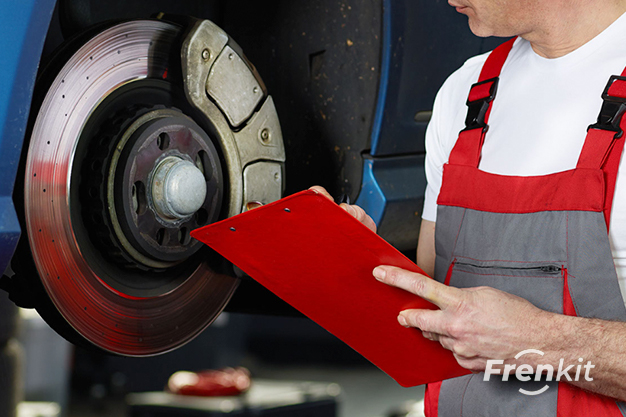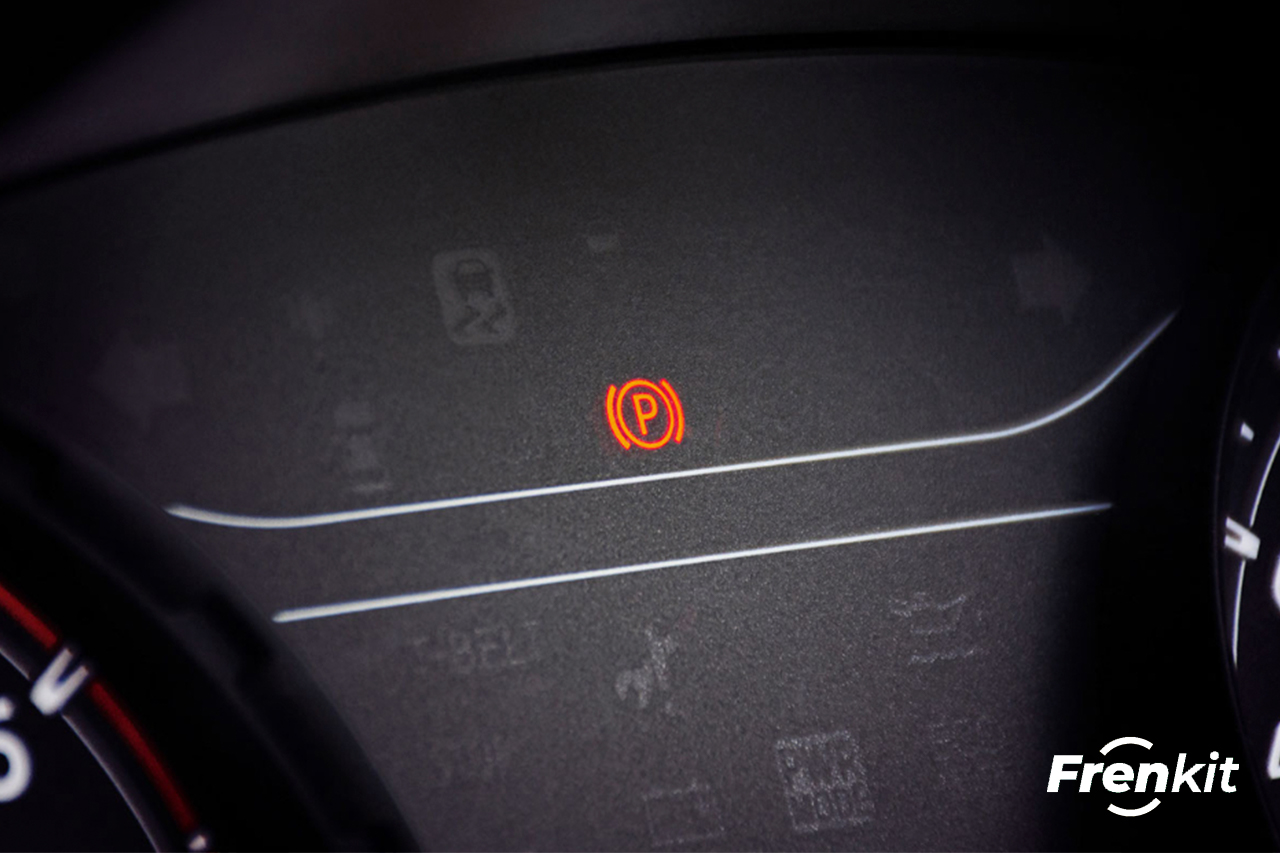Nowadays, the vehicles that are appearing on the market have been adapting to new changes. One of these changes has been the application of new technologies to the various cars, and drivers have benefited considerably as a result.
The electric parking brake is characterised by a mechanism that locks the wheels of the vehicle, designed to keep the vehicle stationary.
What are the day-to-day differences between manual and electric brakes? Do they have any limitations?, which one is more reliable to use? These are some of the questions that may come to mind when deciding between the two braking systems.
The electric parking brake, or EPB, has the function of ensuring that the car does not move inadvertently. When this system is activated, it emits a tensile power so that the vehicle does not move unintentionally.
Within the braking system of a vehicle, the handbrake is an essential element, as it is used when we want to bring our car to a complete stop.
Automation is gradually becoming more and more important in our daily lives. In the case of cars, it offers even greater advancement. Since its introduction to the market in 2001, the electric parking brake system has become an increasingly popular feature in new vehicle models.
A car’s handbrake is a wheel-locking mechanism designed to keep the vehicle stationary. This is the quintessential handbrake, the mechanical handbrake, which is fitted to every vehicle on the market. However, over time, this mechanism has evolved, giving rise to the electric handbrake.


